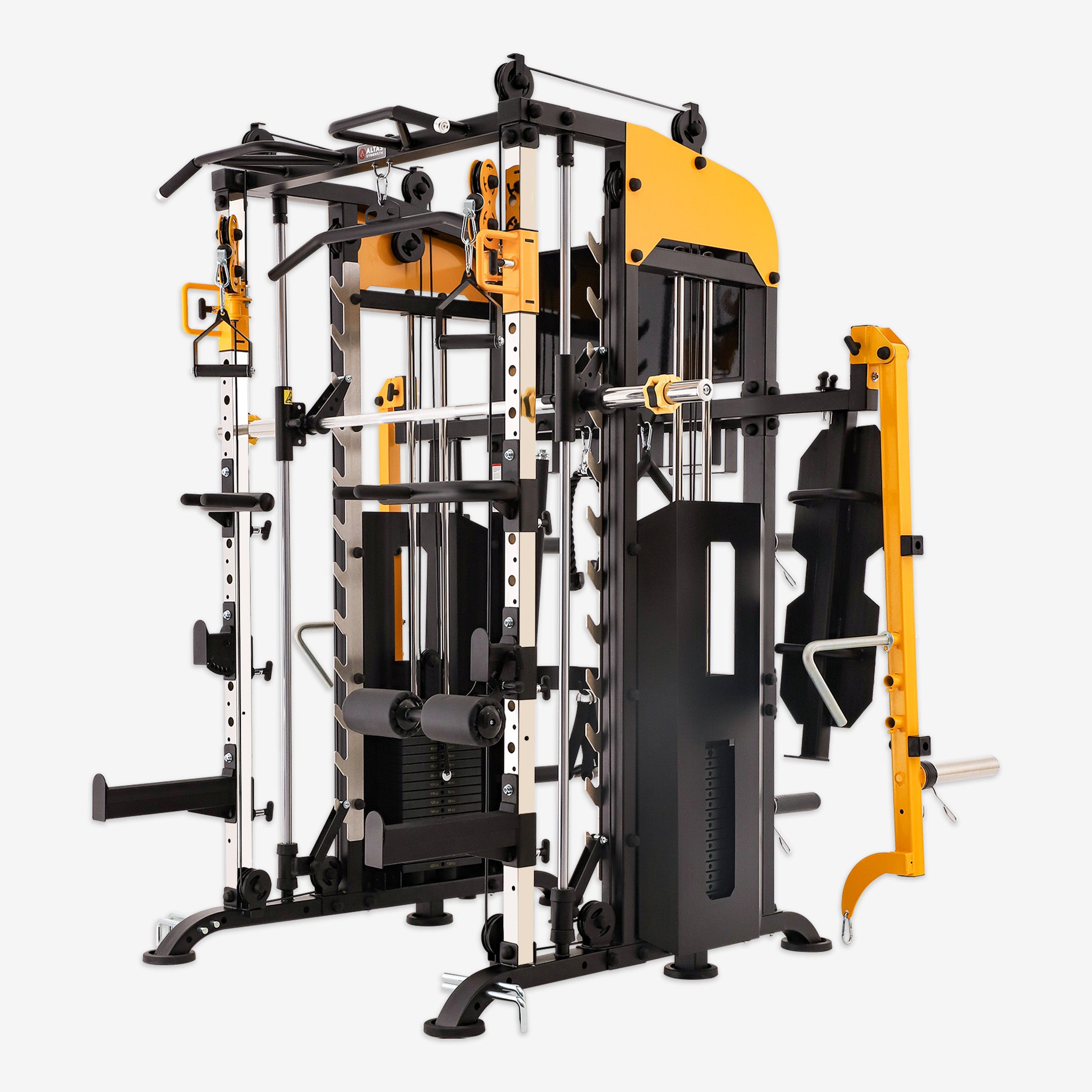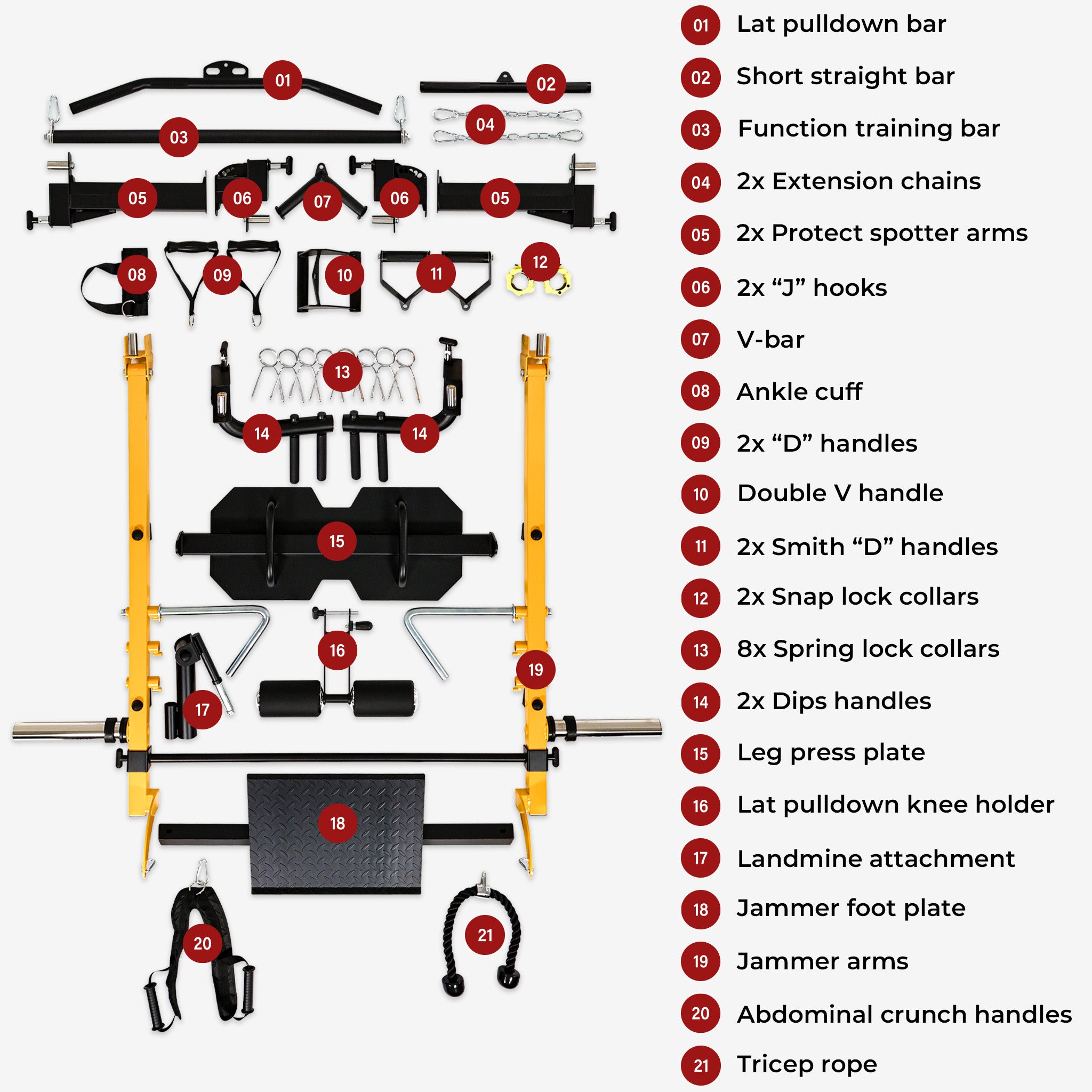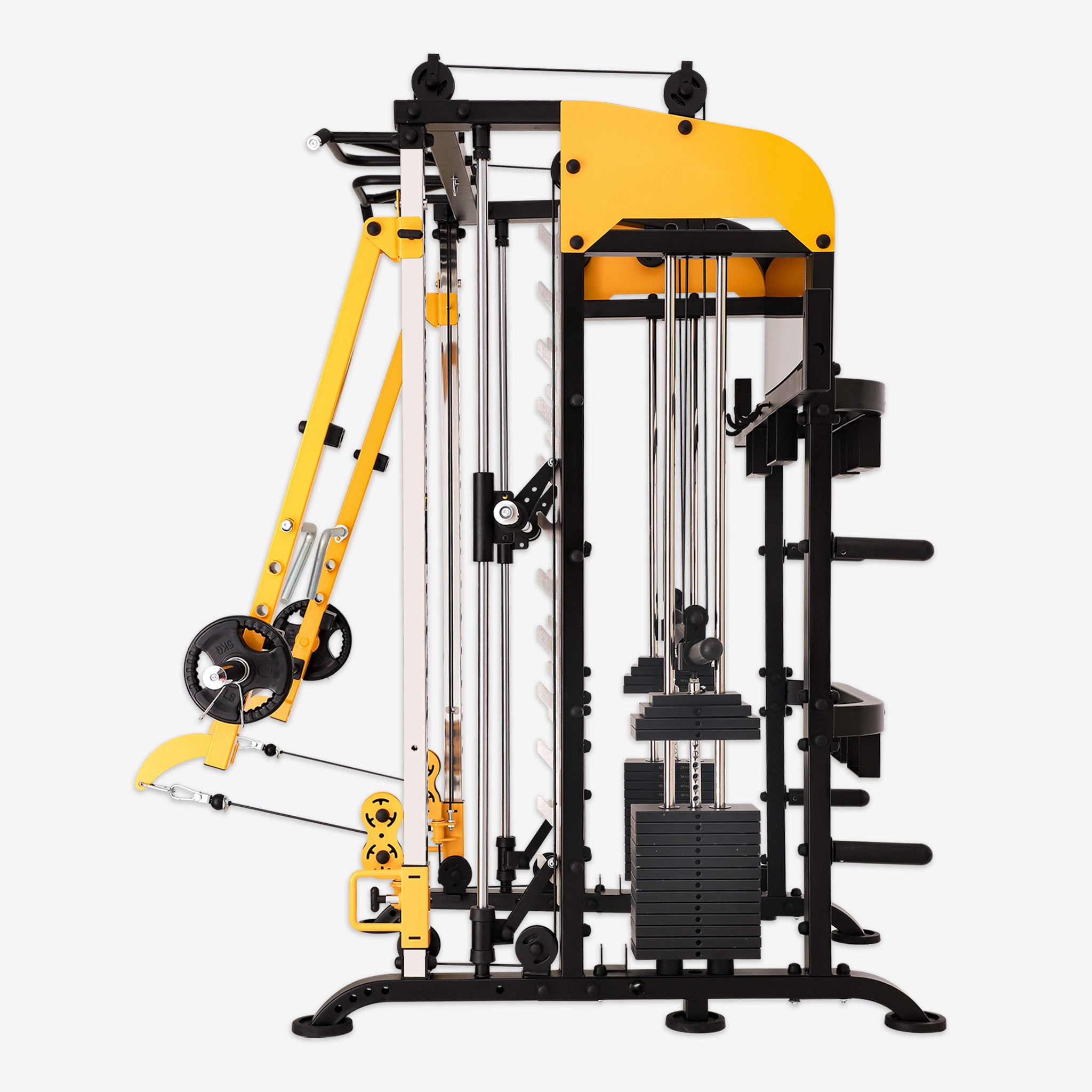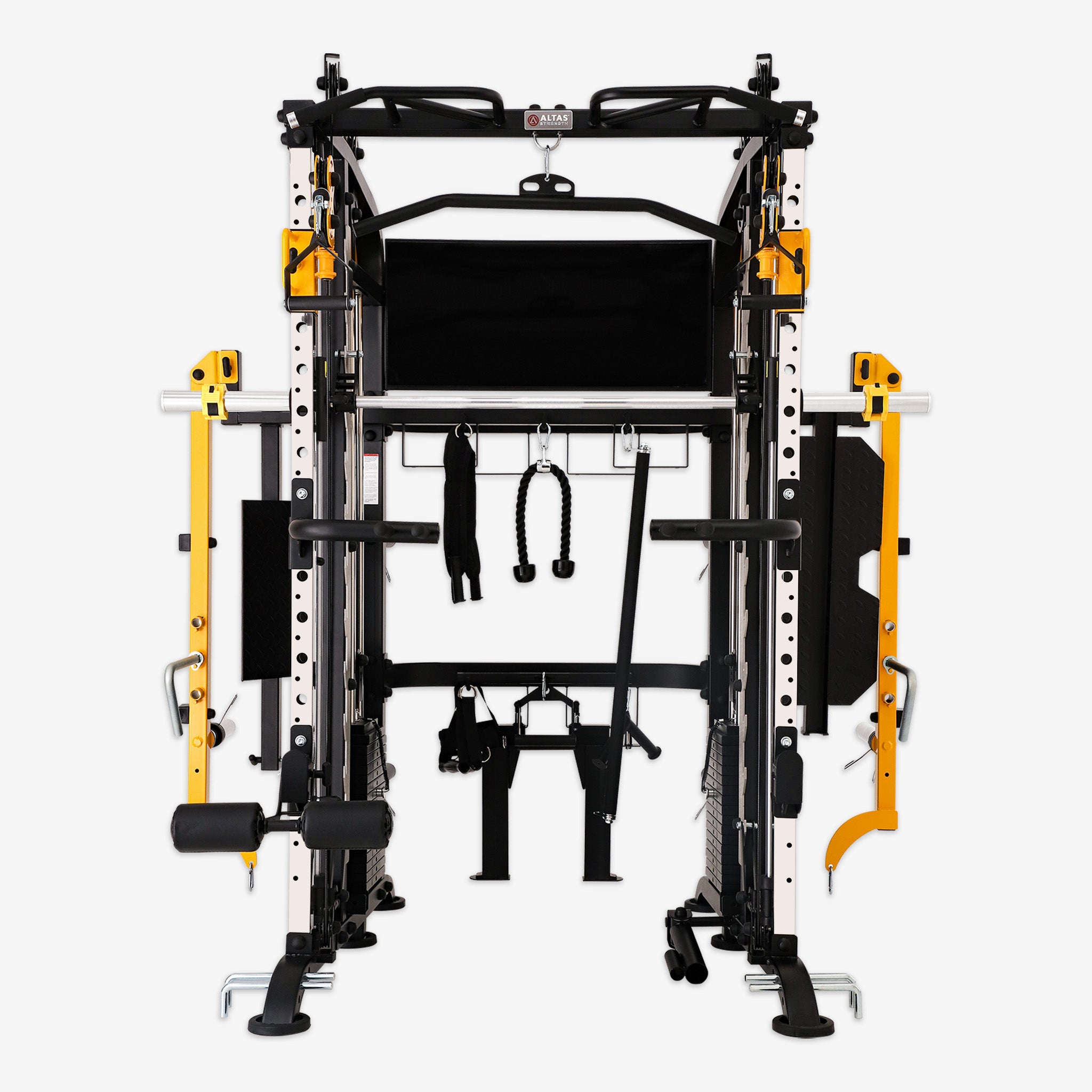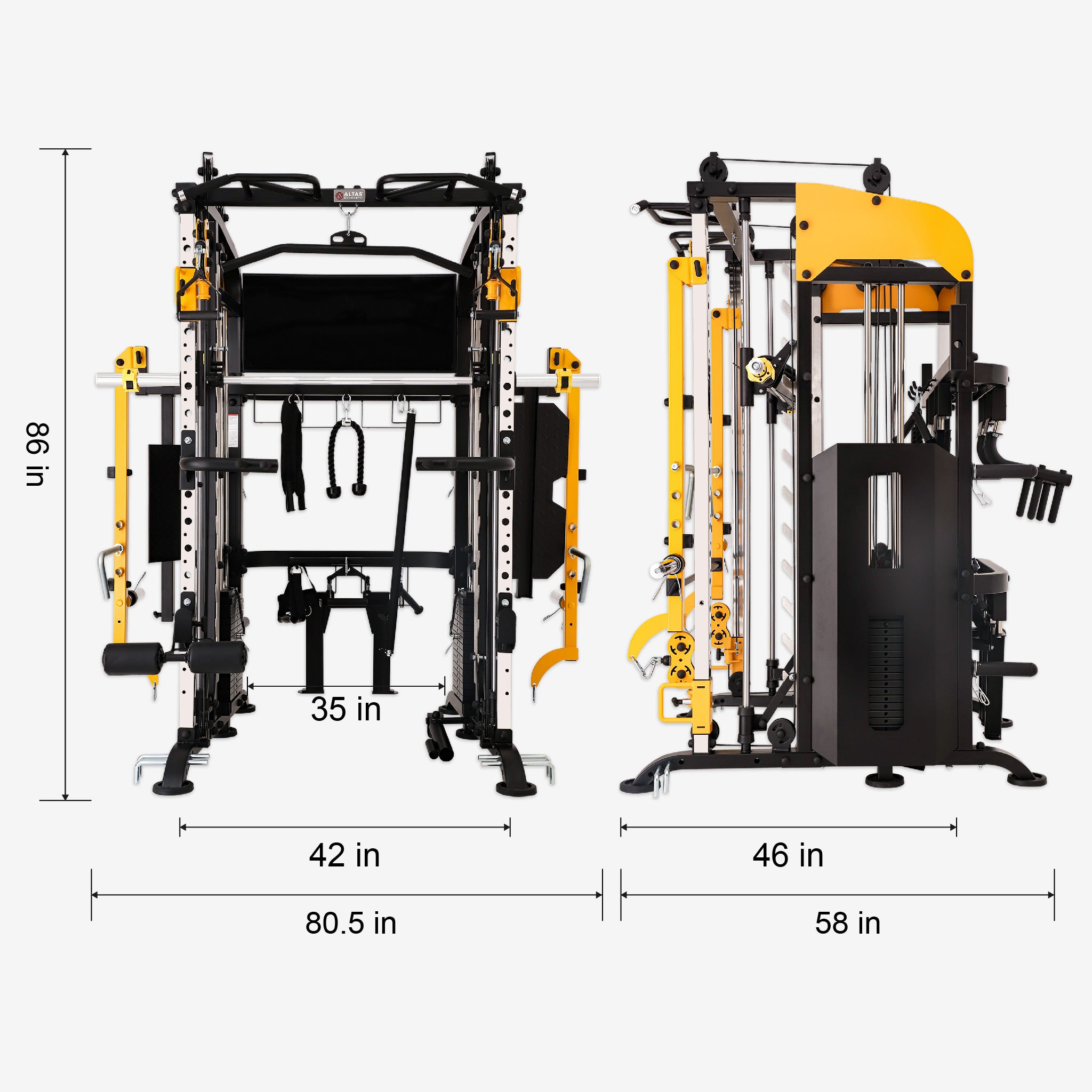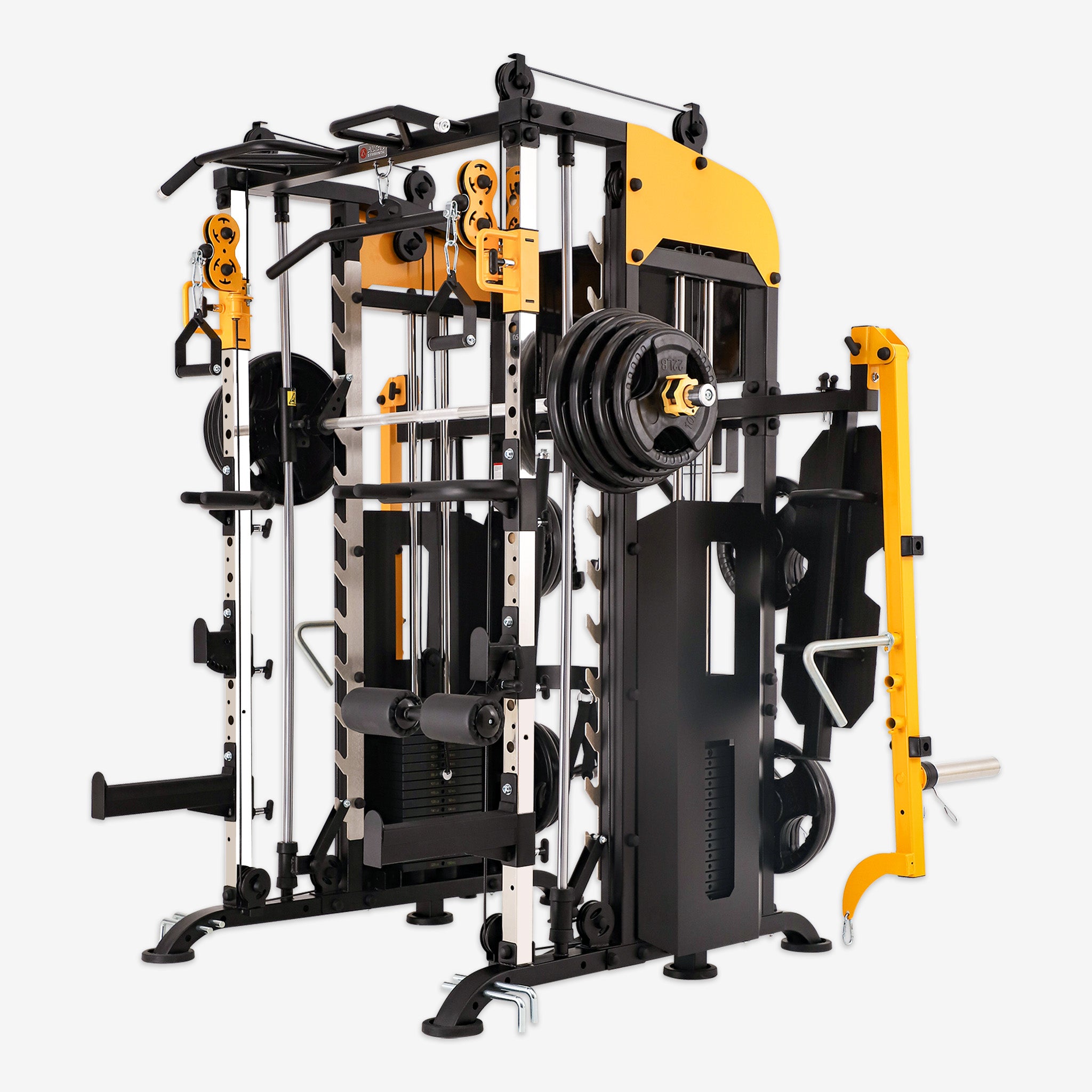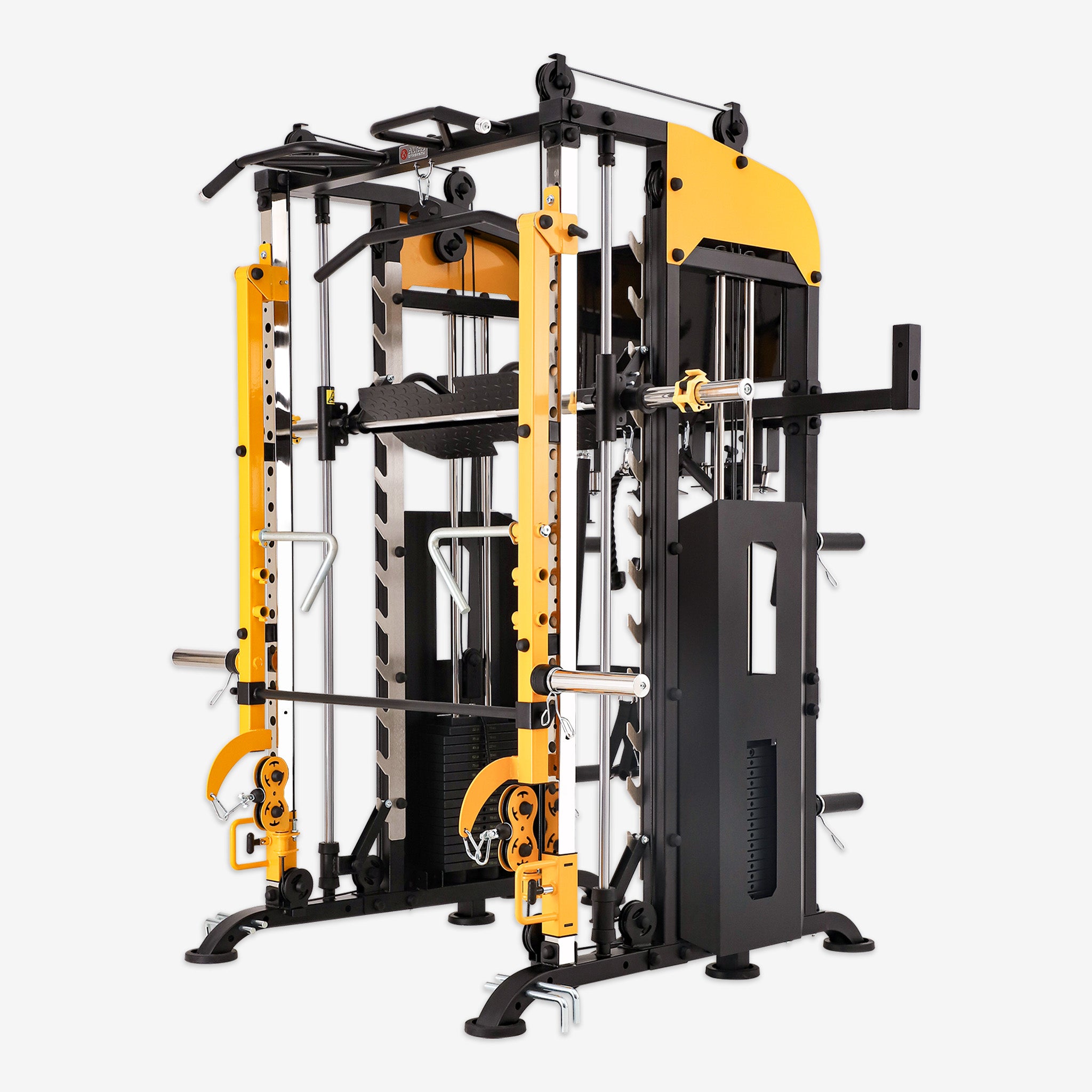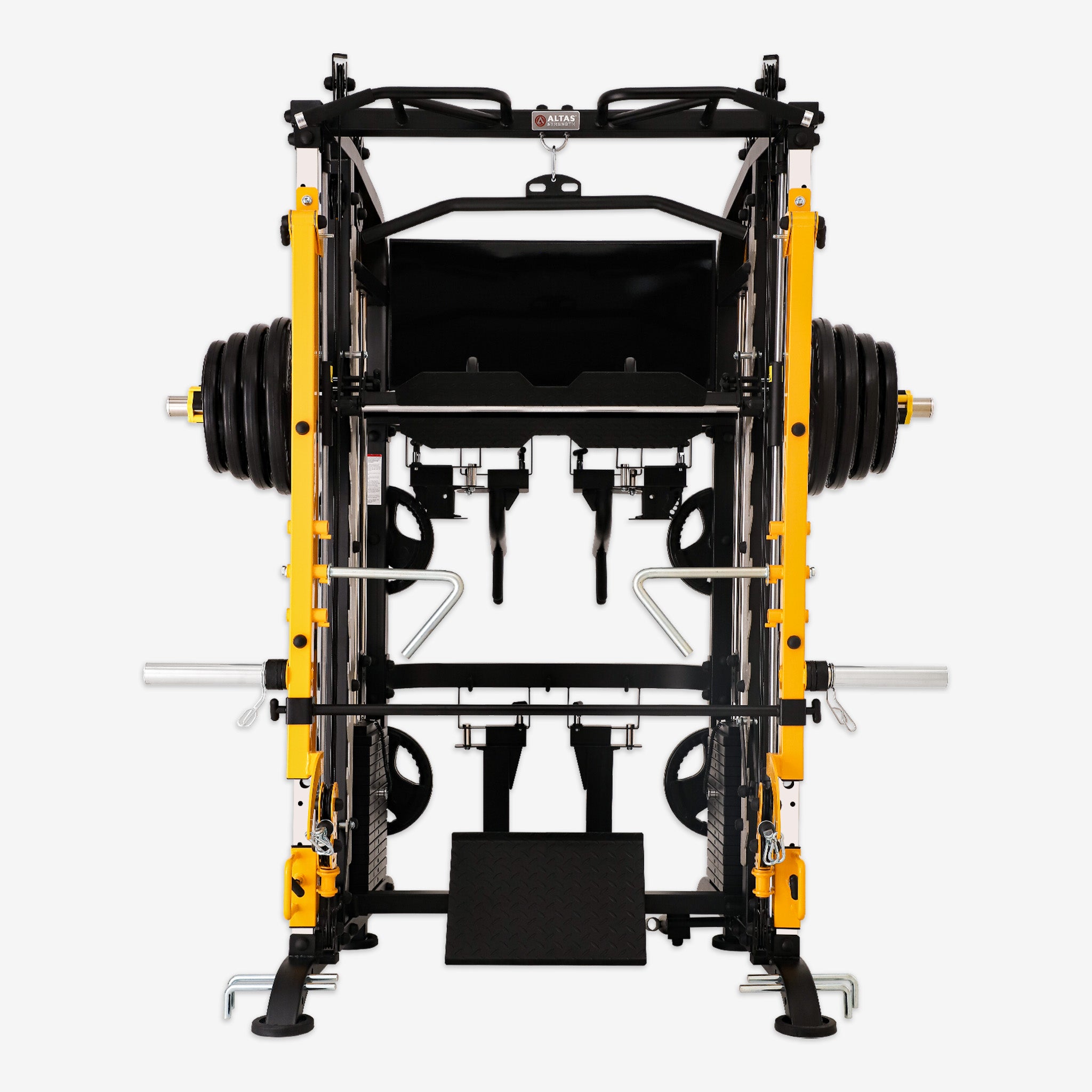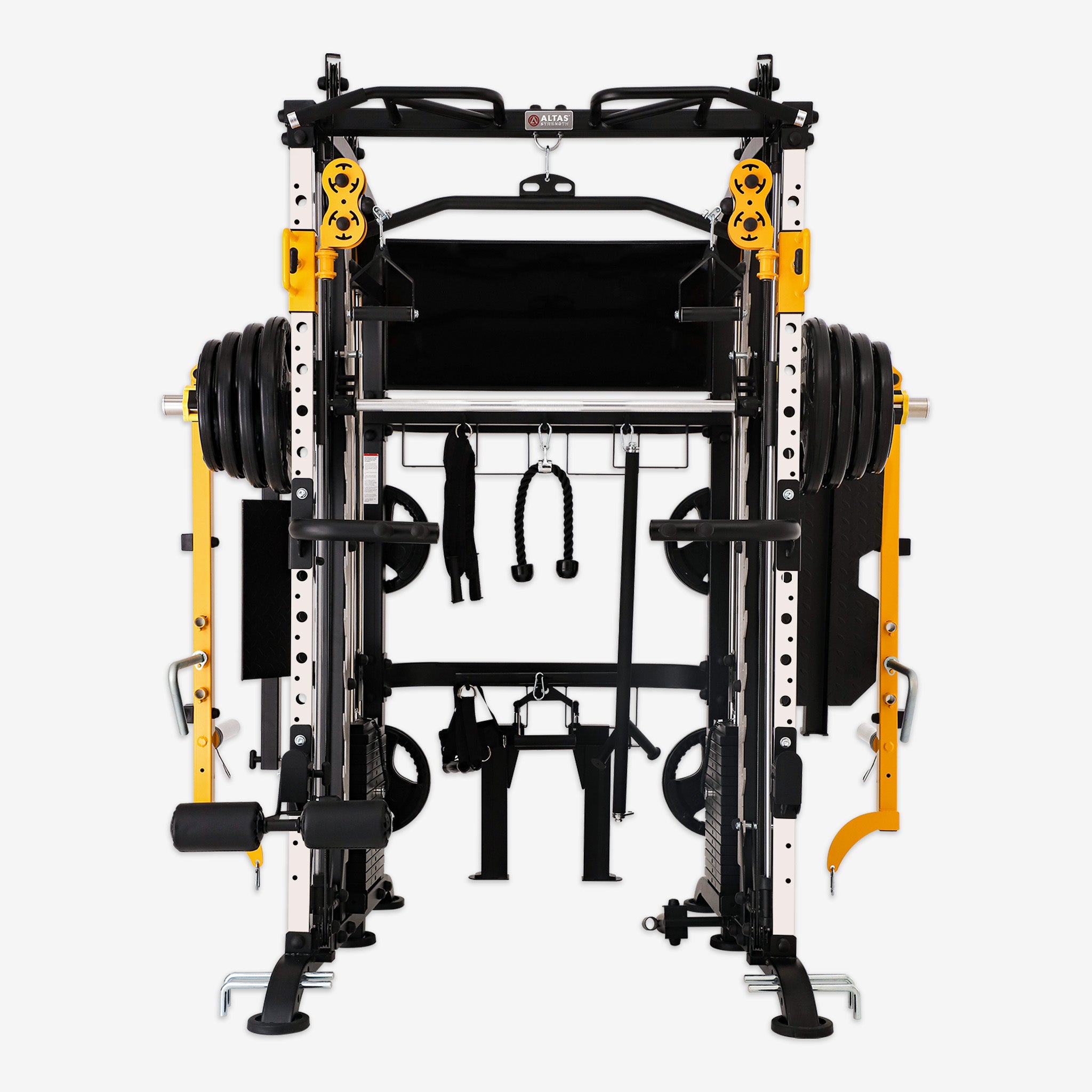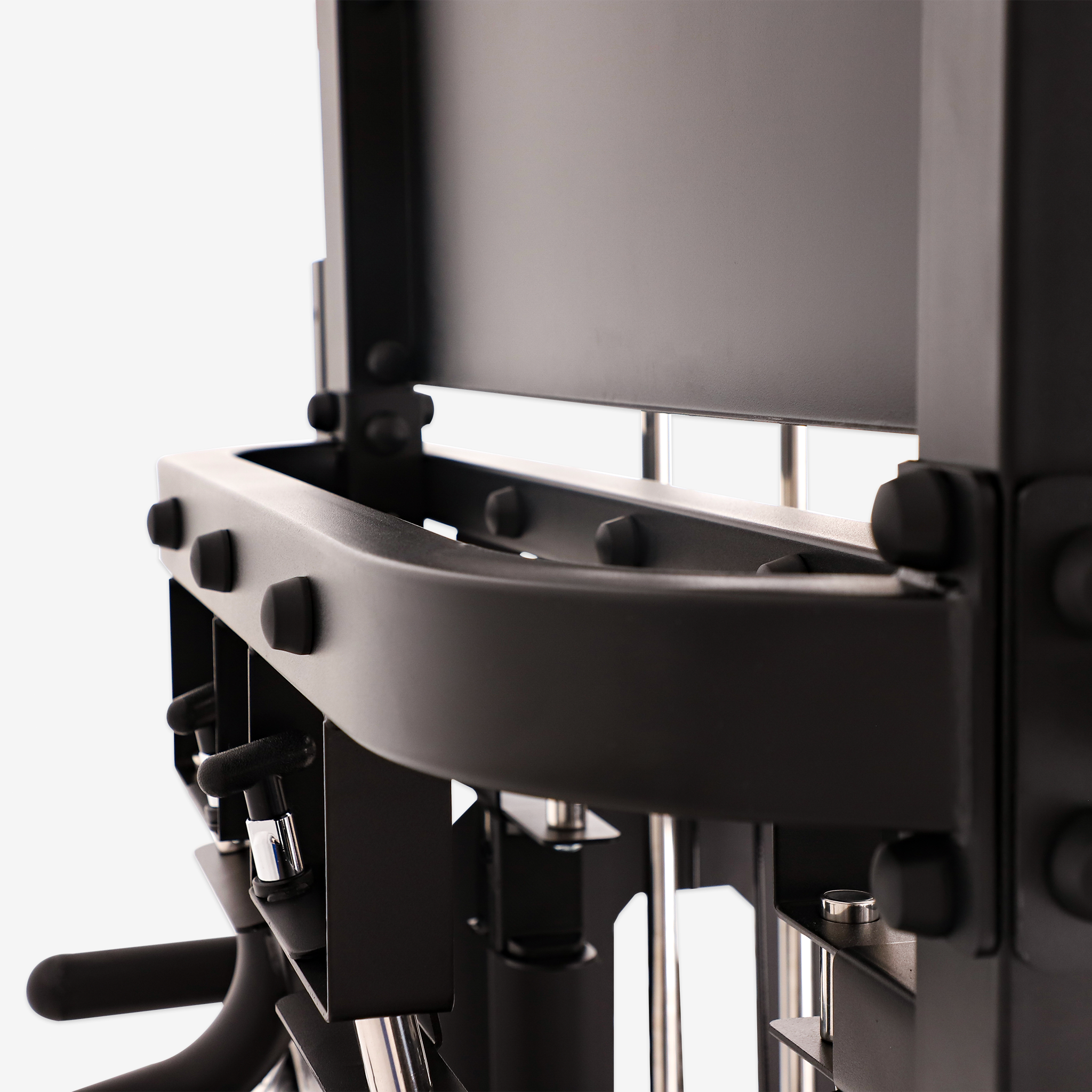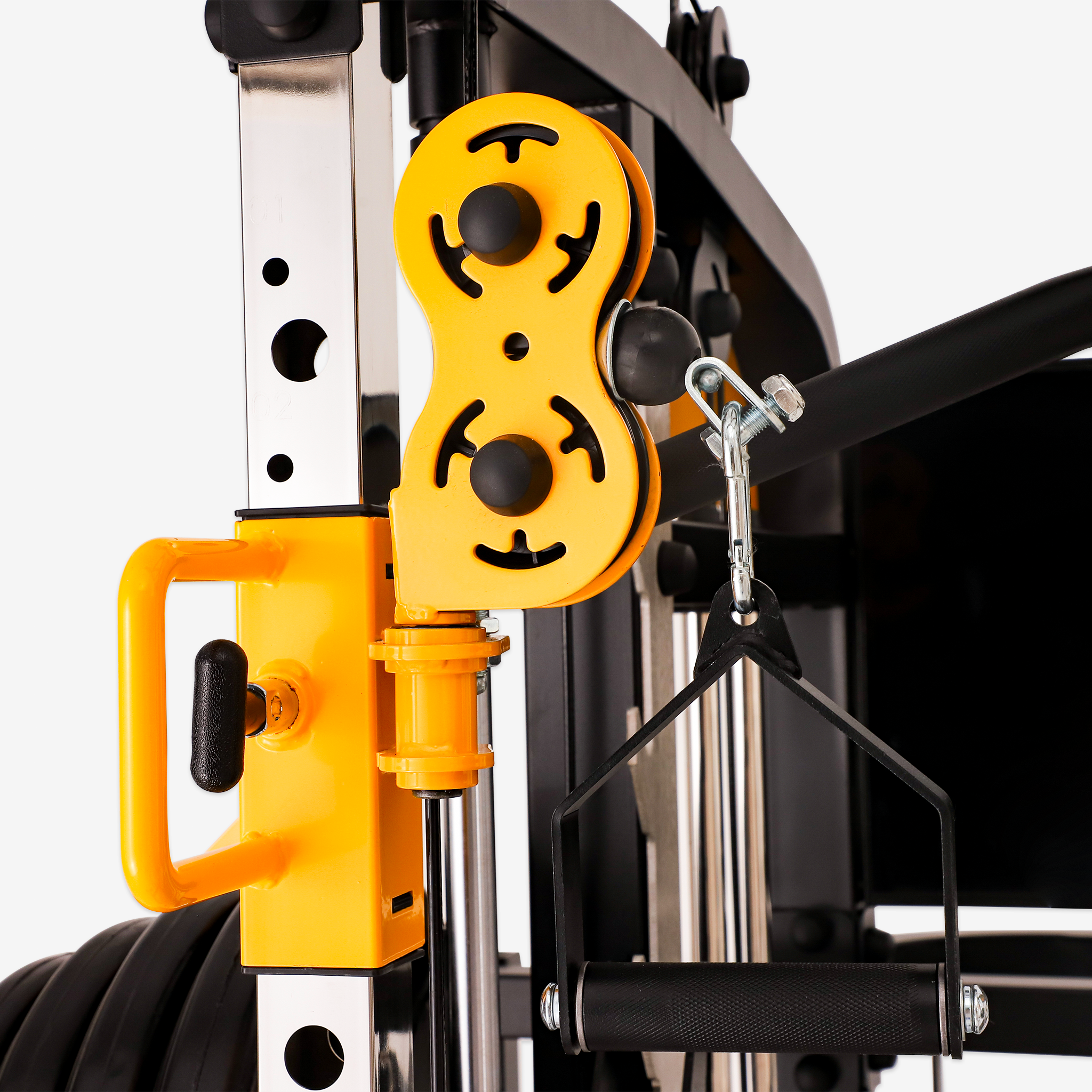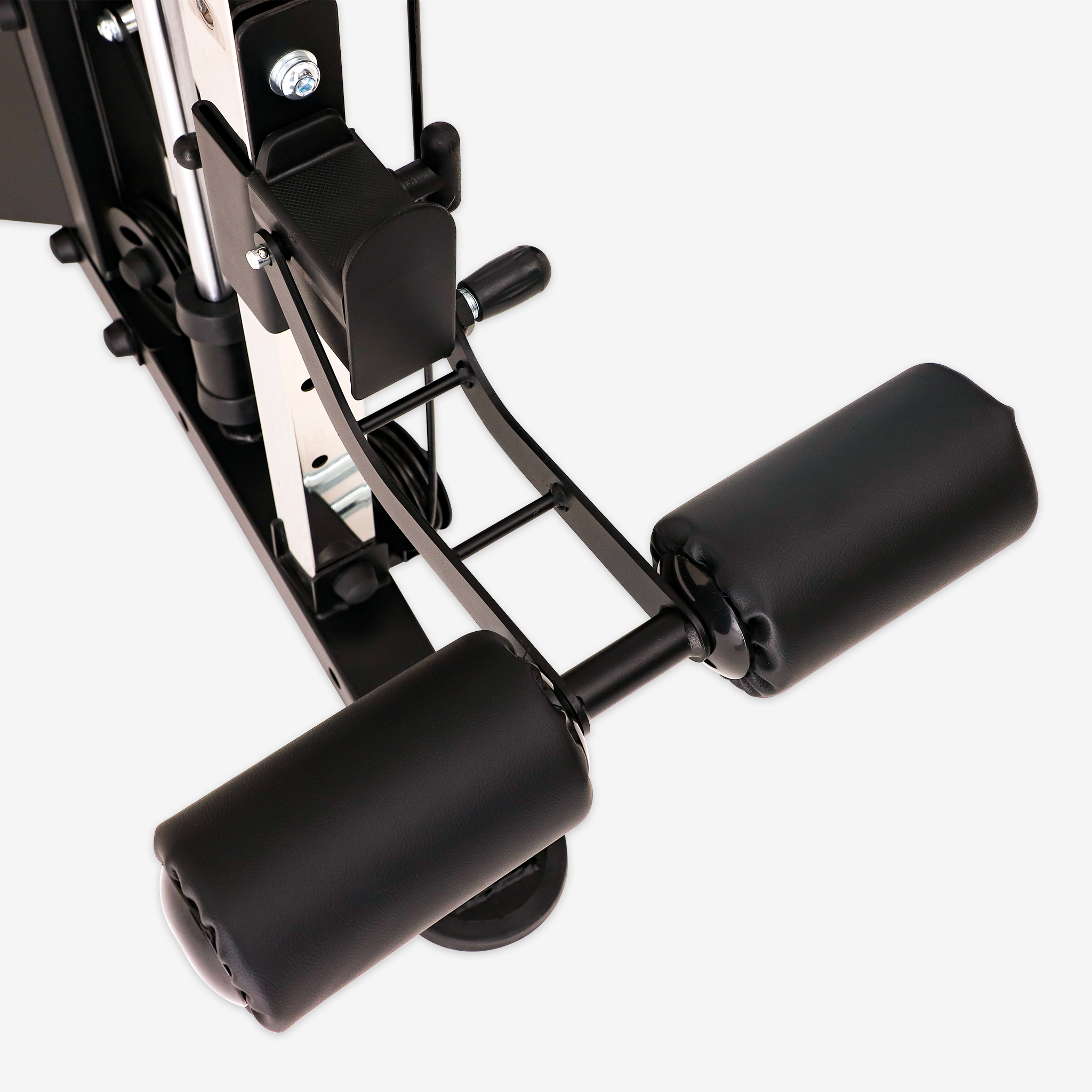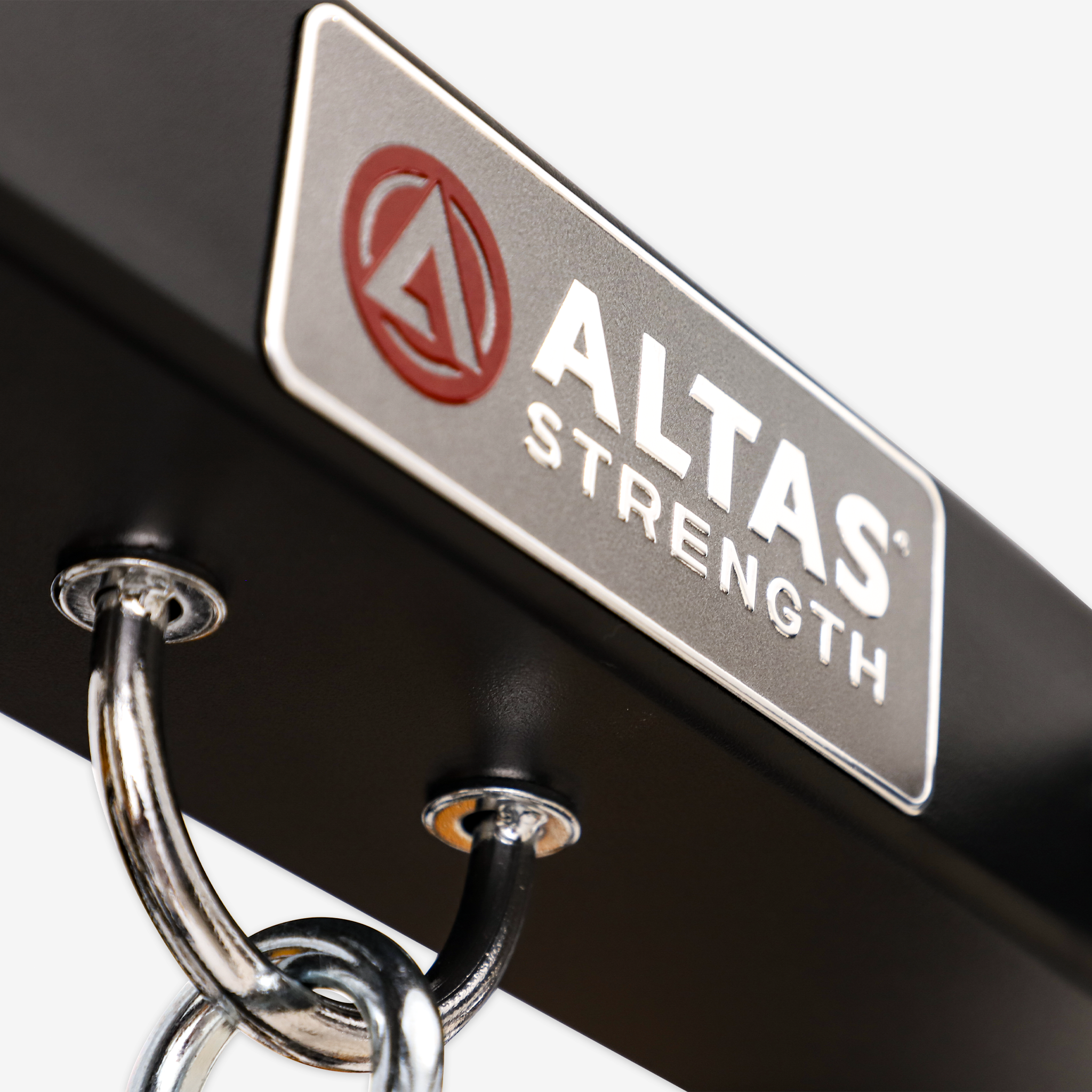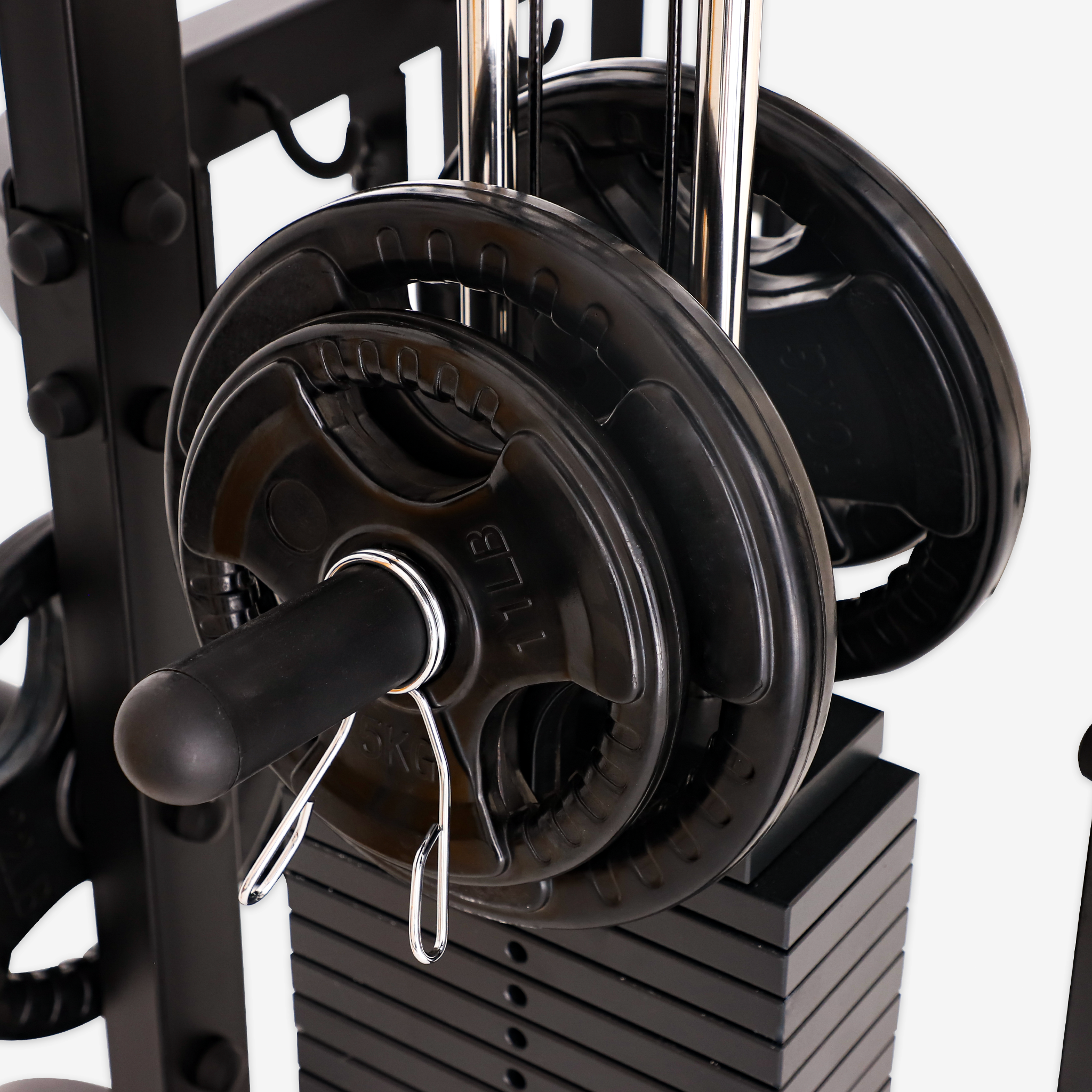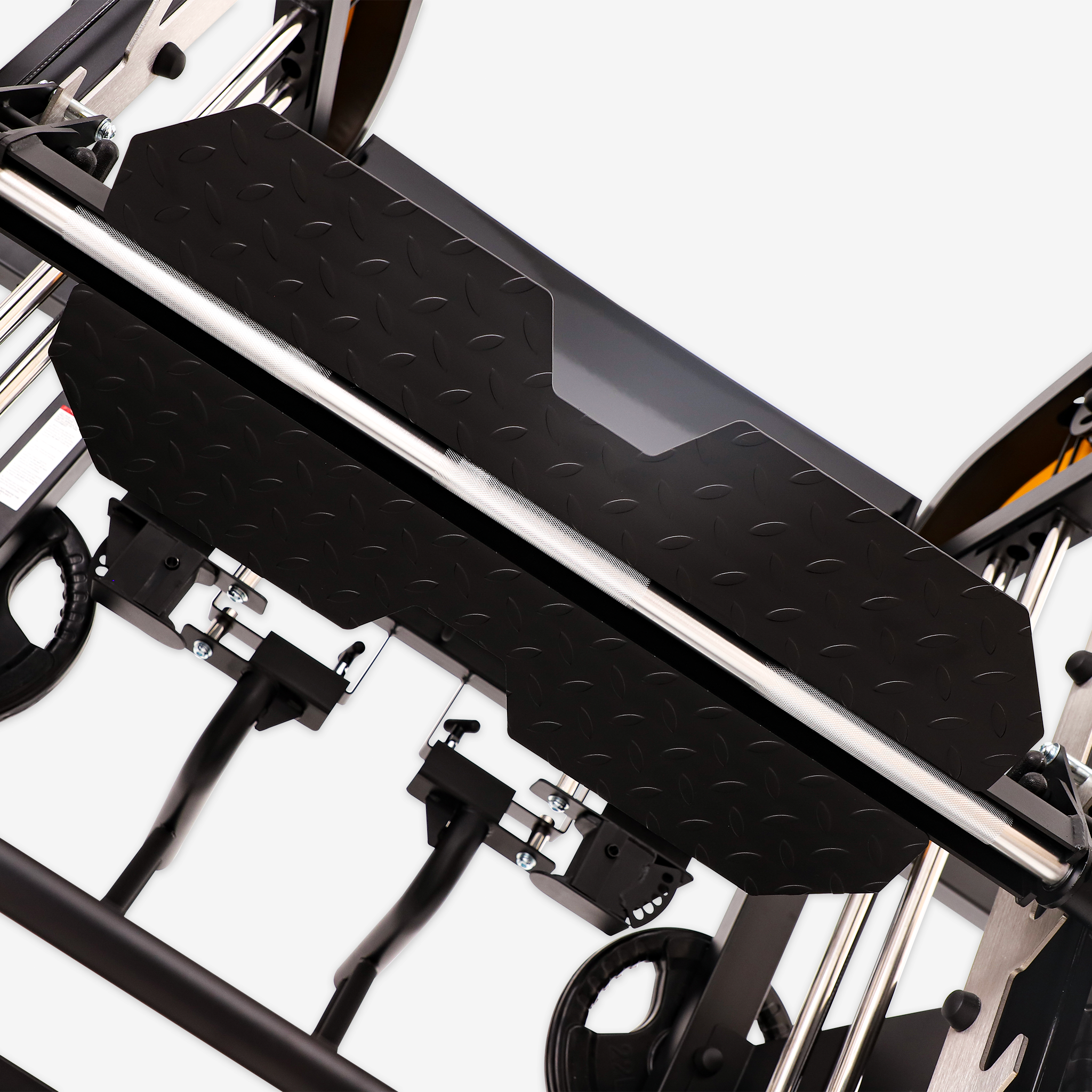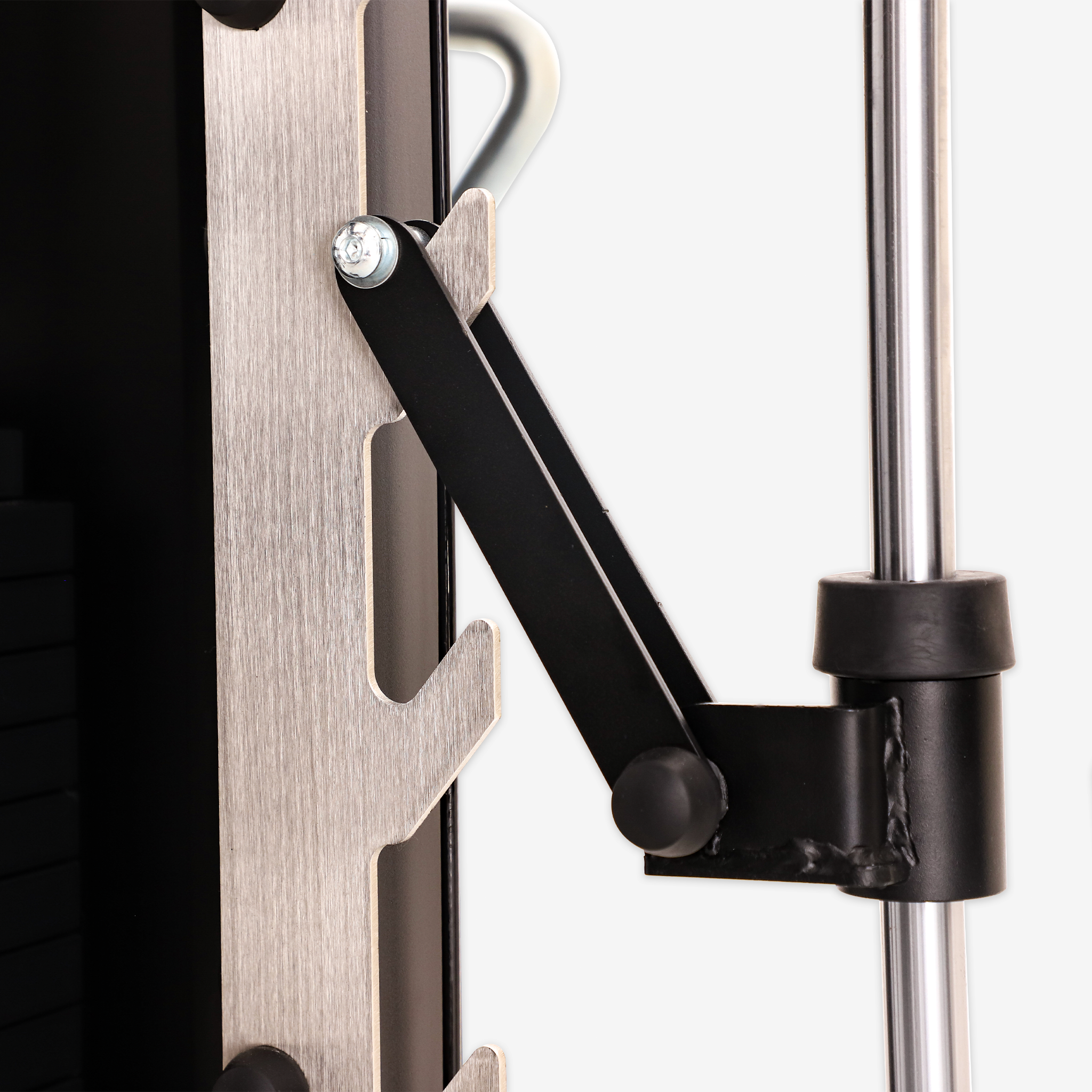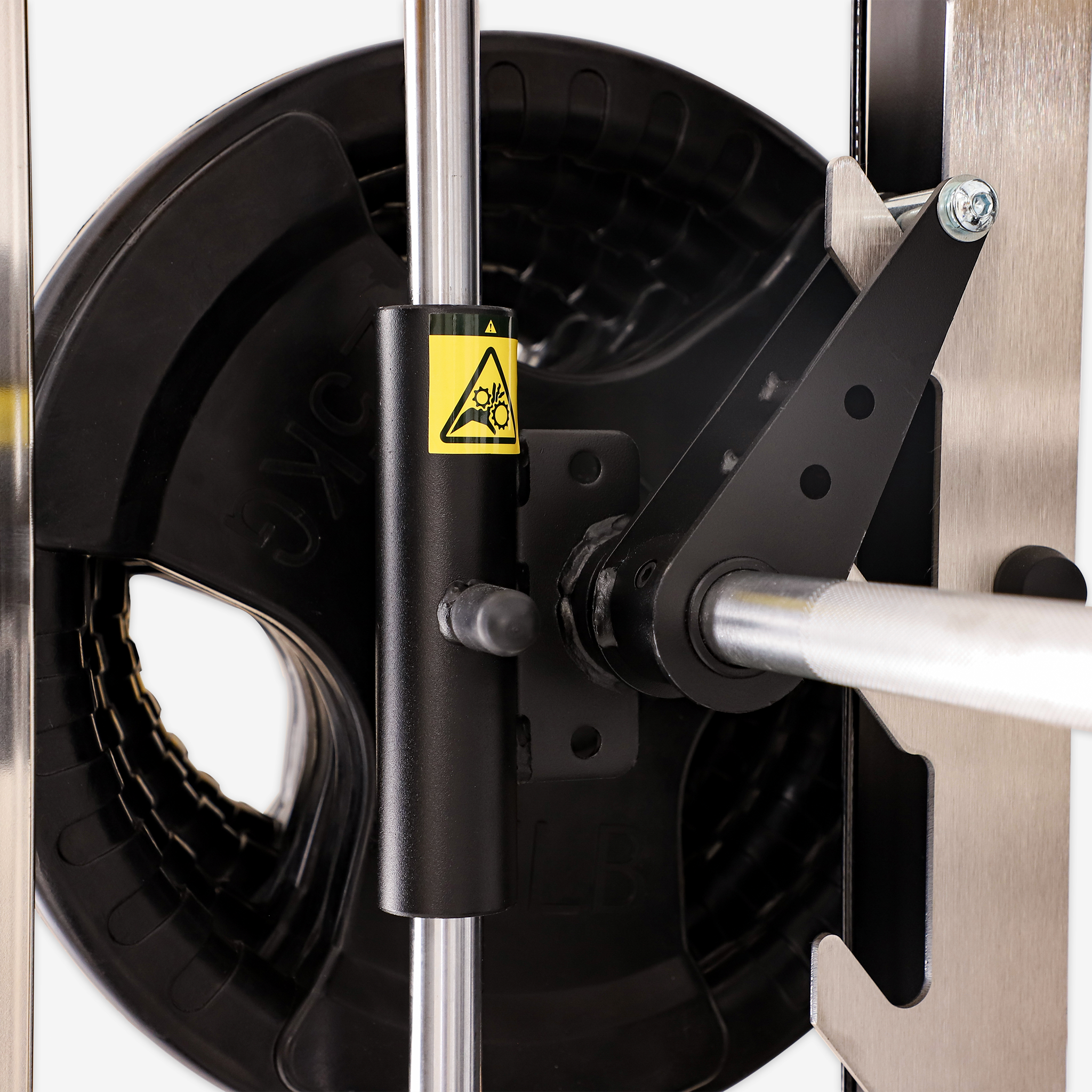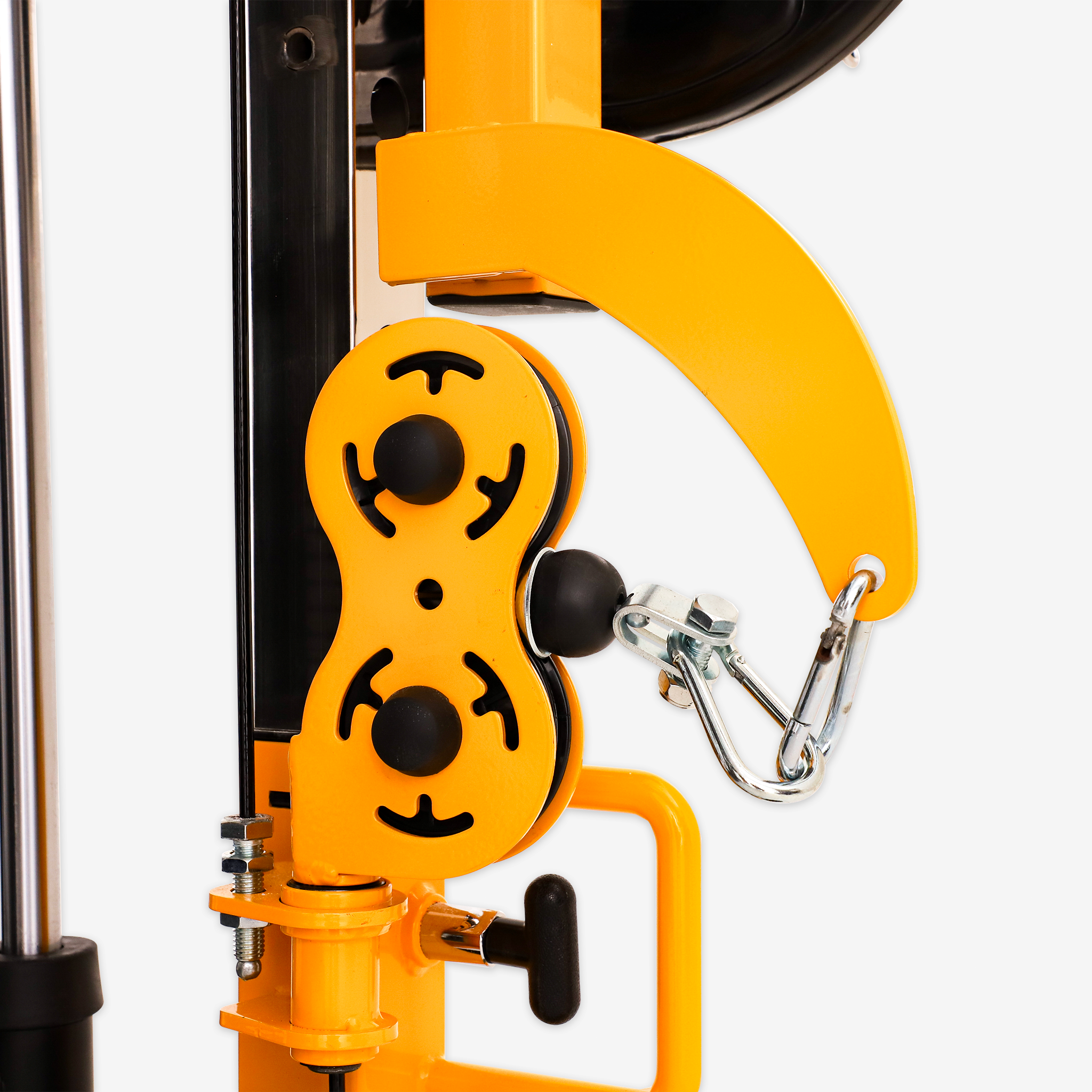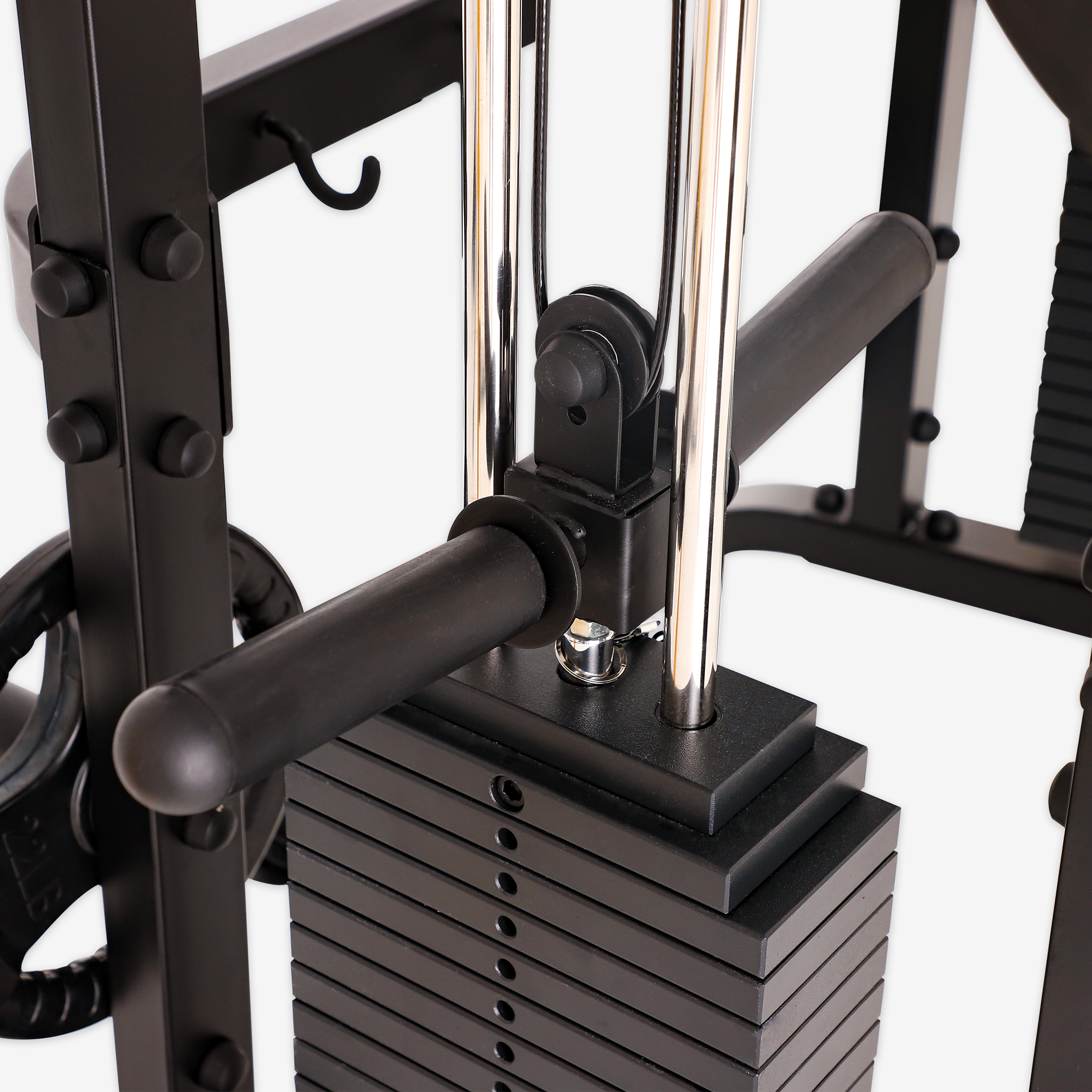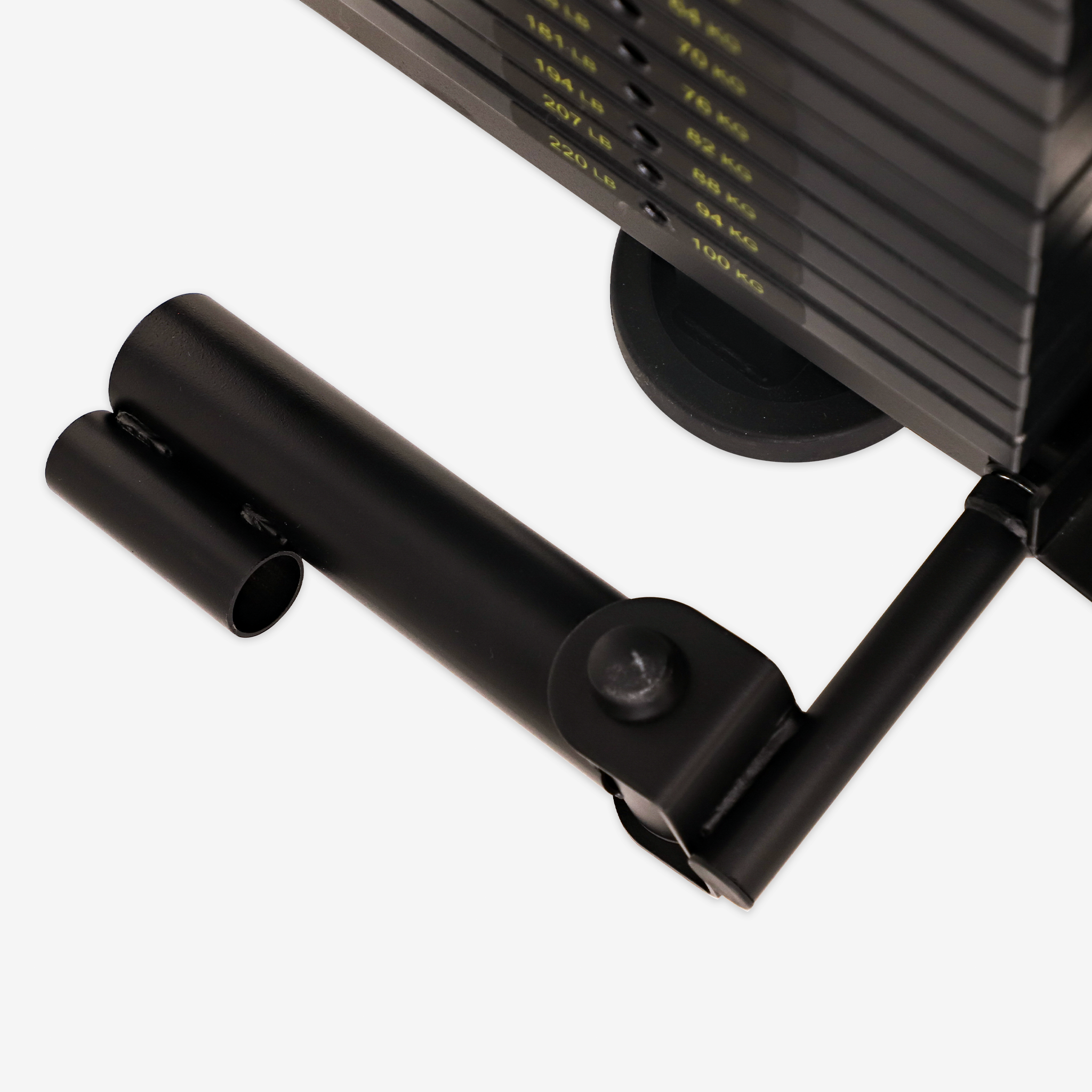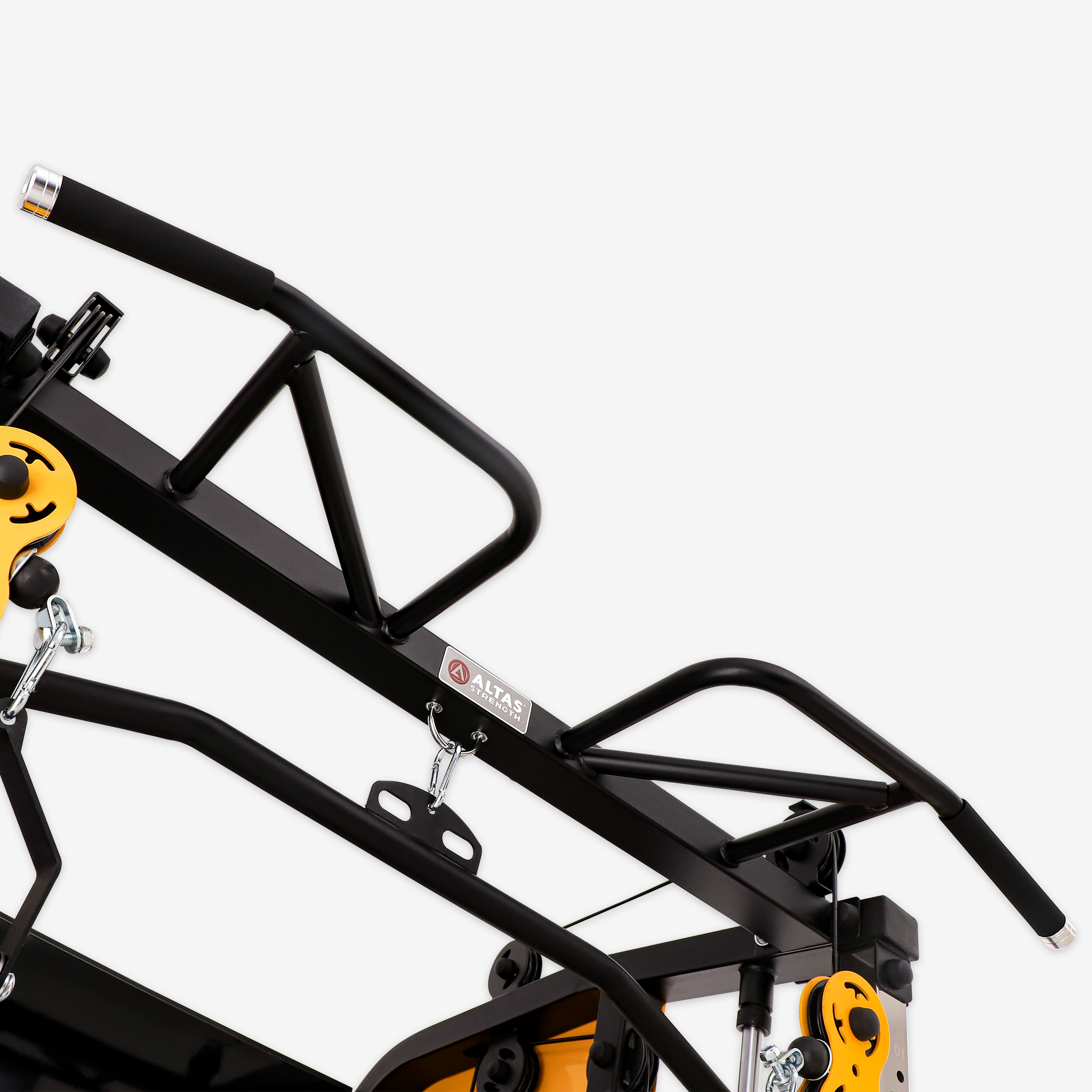A smart gym layout pairs precise isolation tools with heavy, controlled compound platforms. The pec deck fly machine and the Smith machine form one of the most effective duos for chest development: the pec deck for focused, multi-angle stimulation and the Smith machine for safe progressive overload. Together they let trainees build a visually impressive chest while also increasing raw pressing strength and stability.
Pec Deck Fly Machine: Precision Chest Sculpting
The pec deck fly machine is built for targeted pectoral activation. Its guided motion and adjustable seat let you place tension exactly where you want it—upper, mid, or lower chest—by changing the pad angle and arm path. Because the machine enforces a consistent movement path, lifters can focus entirely on contracting the chest rather than stabilizing the load, which improves mind-muscle connection and reduces wasted energy.
Key advantages of the pec deck include simplified load and tempo control through a weight stack, the ability to perform slow eccentrics and paused contractions safely, and a reduced risk of shoulder impingement when the seat and elbow angle are set correctly. Those qualities make the pec deck an ideal tool for warm-ups, activation sets, high-rep hypertrophy work, and finishing movements after heavier presses.
Smith Machine: Controlled Strength and Progressive Overload
The Smith machine provides the safety and repeatability that free barbells do not—especially for solo lifters. With the bar locked in a vertical track and integrated safety catches, you can push heavier loads for squats, presses, and lunges without a spotter. This control makes it easier to apply progressive overload reliably and safely.
Beyond safety, the Smith machine supports unilateral and asymmetry work when used creatively—single-leg squats, staggered-stance presses, and single-arm variations with bands or handles. It also serves as a versatile platform that complements machine isolation: use the Smith machine for heavy compound strength work and the pec deck to isolate and refine the chest after the prime movers are already fatigued.
Why Use Both: The Practical Training Combination
Combining the pec deck and Smith machine covers both ends of the training spectrum. The Smith machine is perfect for building concentric strength and neural adaptation with heavy sets and controlled rep schemes. The pec deck fills the gap on volume, time under tension, and muscular shaping—especially useful for targeting the upper chest or making subtle tweaks to chest symmetry.
A typical programming approach: open a chest session with Smith machine presses (flat or incline) for 3–5 sets in the strength range, then switch to pec deck flyes for 3–4 sets of higher reps focused on controlled eccentrics and peak contraction. This sequence preserves technique during heavy work and maximizes muscle fiber recruitment during the hypertrophy phase.
Training Tips and Setup Recommendations
- Seat and Arm Positioning on the Pec Deck: Adjust the seat so the handles align with mid-chest at the midpoint of the range. Keep a slight bend in the elbows and avoid full lockout to maintain tension on the pecs.
- Tempo and Control: Use a 2–3 second eccentric on flyes and pause for 0.5–1 second at peak contraction. On the Smith machine, use controlled 2-0-1 tempos for strength sets or 3-0-2 for slower hypertrophy work.
- Progressive Overload Safely: Add small increments on the Smith machine (2.5–5 lb) and increase volume on the pec deck over time—more sets, slightly slower tempo, or shorter rest between sets.
- Injury Prevention: Avoid excessive shoulder abduction and maintain scapular retraction. If shoulder discomfort appears, reduce range of motion and focus on moderate loads with clean form.
- Unilateral Work: Use single-arm pec deck or single-arm Smith variations (with handles or bands) to correct left/right imbalances.
- Sequence: For strength emphasis, start with Smith presses then move to pec deck flyes. For hypertrophy emphasis, begin with machine flyes to pre-exhaust the chest before pressing.
Who Benefits Most from This Pairing
This combination suits a wide range of users—from beginners who need safe, guided pressing and clean isolation—to advanced trainees seeking to maximize chest thickness and shape. It is also excellent for rehabilitation or return-to-play athletes who require controlled motion paths and adjustable load without sacrificing stimulus.
Final Thoughts
If your goal is both an aesthetic chest and practical pressing strength, pairing the pec deck fly machine with a Smith machine is a highly effective strategy. The pec deck provides precise, high-quality chest stimulation while the Smith machine allows safe, repeatable strength progression. Together they deliver the best of both worlds: sculpted muscle lines and the raw power to back them up.

